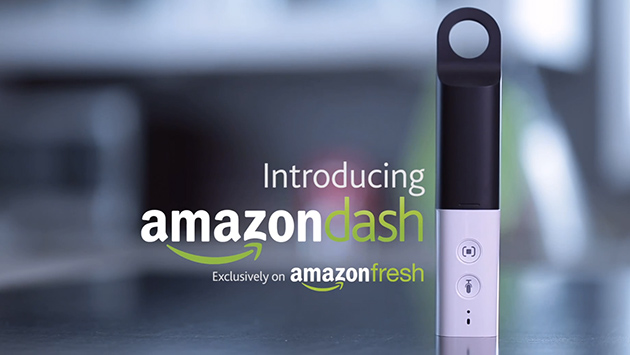Amazon.com yesterday launched Amazon Dash, a new service that enables its customers to add groceries and other household merchandise into their online shopping lists. It would still be under the e-commerce retailer’s AmazonFresh service.
It would still be under the e-commerce retailer’s AmazonFresh service.
How could one possibly find Amazon Dash? A user may start by clicking the icon that directly leads to the AmazonFresh account of the user. It appears as a hand-held wand in black-and-white that is shaped like a remote control and features a microphone, a bar-code reader, and a speaker.
This device is available exclusively to the current users of AmazonFresh, which in turn is currently operating in Seattle, Southern California, and San Francisco. The service would be free during its trial period.
However, not everyone could sign up for Amazon Dash as of the moment. Signing up for the service would be invitational only and could be confined only within the three areas currently covered by AmazonFresh.
Amazon has been expanding its electronics manufacturing businesses. It started the operations in 2007 when it launched the e-reader Kindle. Just this past week, the company has formally unveiled its streaming set-top box Fire TV.
Now, the company seems to be seeking new ways to boost the slowing retail business. Logically, expanding its online grocery business ‘Fresh’ is a good strategy. The service targets one of the biggest retail sectors to be tapped by e-commerce.
Moreover, Amazon has present plans to eventually launch AmazonFresh in about 20 other urban areas this year. Interestingly, some of those would be outside the US.
Many analysts agree that the success of this latest foray into groceries could help in the underwriting of the development of its broad-based online delivery service that employs Amazon trucks for deliveries. This in turn, may pose threats to FedEx, UPS, and other packaged delivery services or companies that in present are tapped to ship Amazon merchandise.
Groceries are still among the most difficult market sectors especially for online retailing. In fact, Webvan, which was among the most generously funded startups during the legendary dot-com era, was a major failure because of its uncontrolled costs. Webvan failed because it incurred greater expenses in development of warehouse and establishment of delivery infrastructure.





